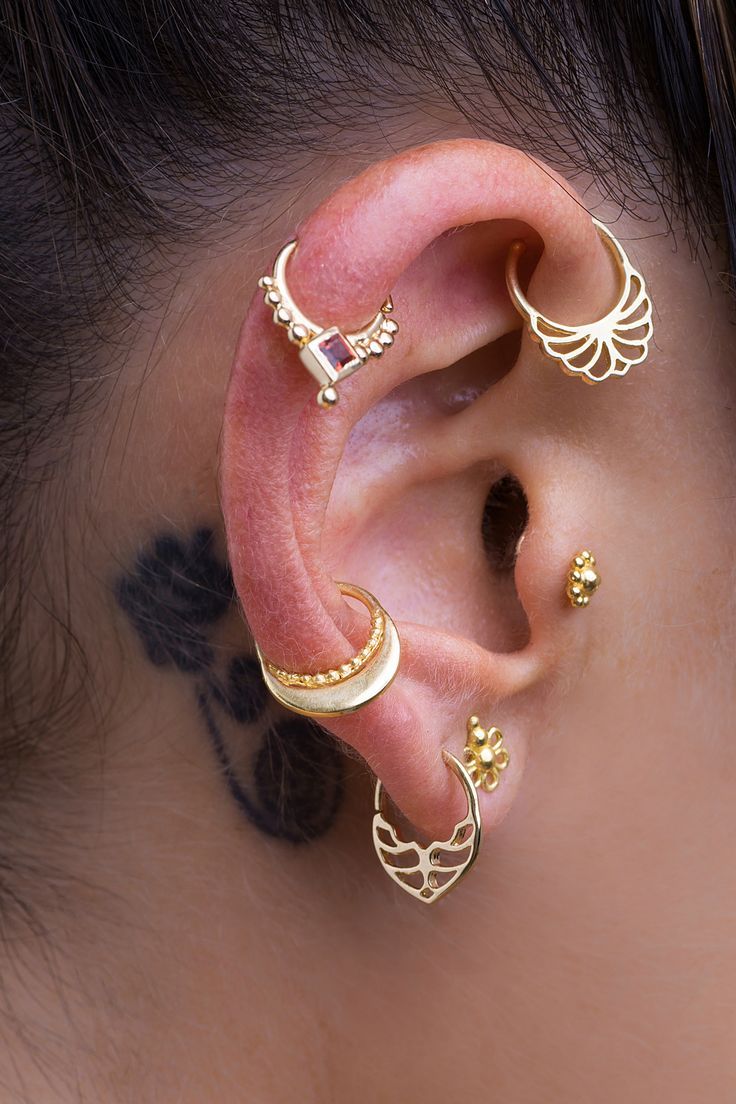


Keloids are typically larger than hypertrophic scars.
A helix piercing skin#
While anyone can develop these scars, people with darker skin seem more likely to get keloids. Keloid and hypertrophic scars are large scars that appear after a wound has healed. Share on Pinterest A doctor may remove a keloid by injecting a corticosteroid. In some cases, a piercer may need to redo the piercing, or a person may need to abandon the piercing. Picking at the tissue or trying to remove it at home can cause an infection.Ī doctor can remove the extra tissue with one of many in-office procedures, such as liquid nitrogen or silver nitrate. It may look or feel like a hard lump or a blister.

Granulation tissue is extra tissue that grows next to or over a healing wound. See a doctor if the blister keeps coming back, if it is very painful, or if multiple blisters appear. Sometimes, the blisters go away and return. It is usually safe to treat these infections at home with warm compresses and frequent cleansing. Some infections may even cause the ear to become deformed, so people should speak to a doctor if they experience any symptoms.Ī person may have an infection if the bump is:Ī pustule, or piercing blister, looks like a pimple on or next to the piercing. It is difficult to tell how serious an infection is from symptoms alone, and delaying treatment can lead to complications. Some infections, however, are severe and may spread to other areas of the body. Some infections are minor and clear up on their own. A piercing is more vulnerable to infection before it fully heals. When bacteria or other harmful microbes get into a wound, they can cause an infection.


 0 kommentar(er)
0 kommentar(er)
